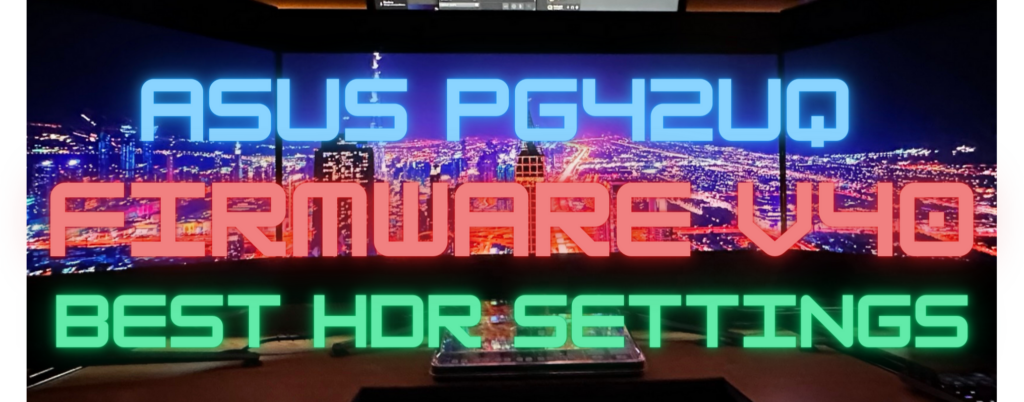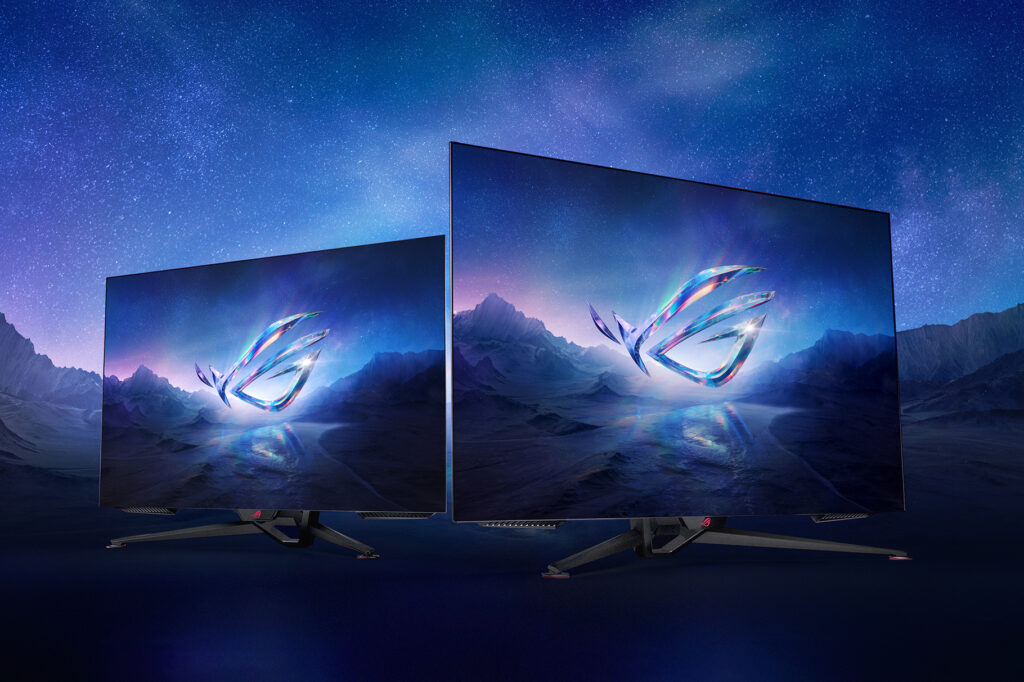Does HDR look better than SDR?

If you’re looking for a more immersive and realistic viewing experience, you might want to consider upgrading to a TV/PC Monitor that supports HDR (High Dynamic Range) content. HDR is a technology that enhances the contrast, color, and brightness of an image, making it more lifelike and detailed than SDR (Standard Dynamic Range) content. In this article, we’ll explain what HDR and SDR are, how they differ, and why HDR is worth the hype.
Table of Contents
What is HDR?
HDR stands for High Dynamic Range and refers to the range of colors and brightness levels that an image can display. HDR content has a wider color gamut and a higher peak brightness than SDR content, which means it can show more shades of colors and more details in both dark and bright areas of the image. HDR content also sends metadata to your TV, which is a set of instructions on how to display the image properly. For example, the metadata can tell your TV to adjust the brightness level for each scene, making the highlights pop and the shadows deeper.
What is SDR?
SDR stands for Standard Dynamic Range and refers to the traditional way of displaying images on TVs. SDR content has a limited color gamut and a lower peak brightness than HDR content, which means it can show fewer shades of colors and less details in both dark and bright areas of the image. SDR content does not send metadata to your TV, which means your TV has to guess how to display the image based on a fixed set of parameters. For example, your TV might have to use the same brightness level for the whole movie, making some scenes too dim or too bright.
How do HDR and SDR compare?
To appreciate the difference between HDR and SDR, you need to have a TV that supports HDR and an HDR-compatible source device, such as a Blu-ray player, a streaming device, or a game console. You also need to watch content that is encoded in HDR format, such as 4K UHD Blu-rays or some streaming services like Netflix or Amazon Prime Video. If you have all these components, you can enjoy the benefits of HDR over SDR, such as:
- More vivid and realistic colors: HDR content can display more shades of colors than SDR content, making the image more vibrant and natural. For example, you can see more nuances in skin tones, hair colors, or foliage colors with HDR.
- More details in dark and bright areas: HDR content can display more brightness levels than SDR content, making the image clearer and more detailed. For example, you can see more details in the shadows of a dark scene or in the highlights of a bright scene with HDR.
- More immersive and dynamic viewing experience: HDR content can adjust the brightness level for each scene based on metadata, making the image more contrasty and dramatic. For example, you can feel more immersed in a scene where the sun is shining brightly or where fireworks are exploding with HDR.
Is HDR worth it?
The answer depends on your personal preference and budget. Some people might not notice or care about the difference between HDR and SDR, while others might find it hard to go back to SDR after experiencing HDR. Some people might not have access to enough HDR content or devices to justify the upgrade, while others might have plenty of options to enjoy HDR. Some people might not be able to afford a high-end TV that supports HDR well, while others might be willing to splurge on one.
In general, though, we think that HDR is worth it if you want to enhance your viewing experience and enjoy more realistic and immersive images. HDR is becoming more common and accessible as more TVs support it and more content is produced in it. If you’re looking for a new TV or a new source device, you might want to consider getting one that supports HDR so you can future proof your setup and enjoy the best picture quality possible.
Read More: HDR vs SDR – Quick & Easy Explanation






Responses